Romanticism. Towards national art

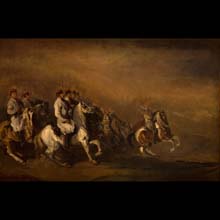
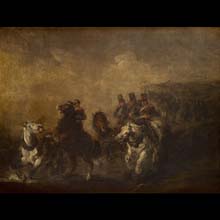
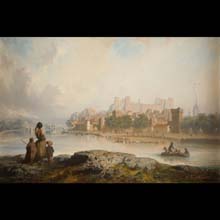
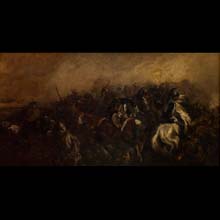
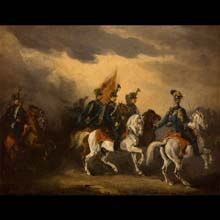
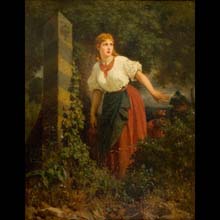
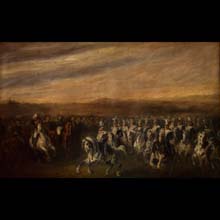

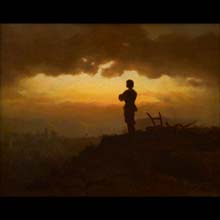
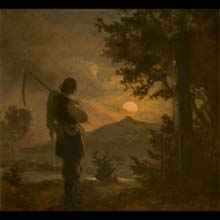
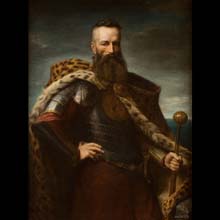
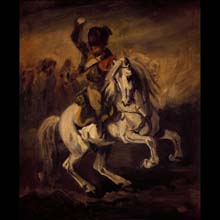
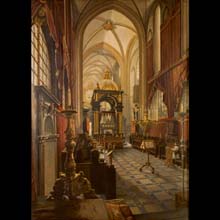
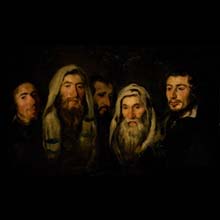
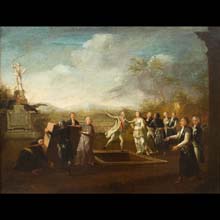
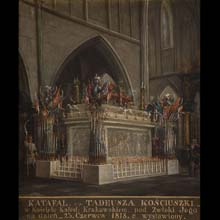
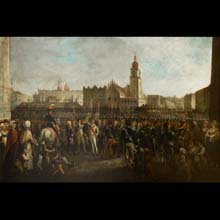
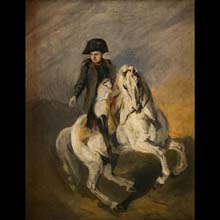
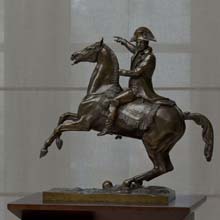

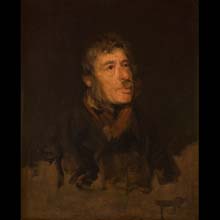
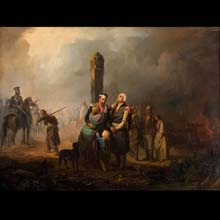

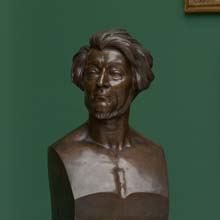
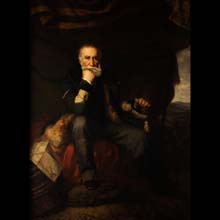
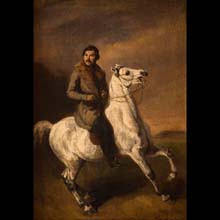
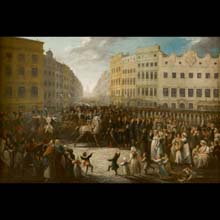
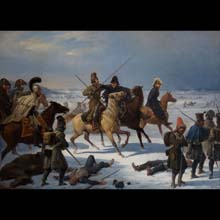
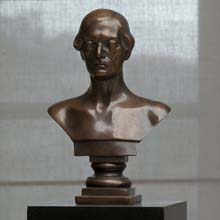

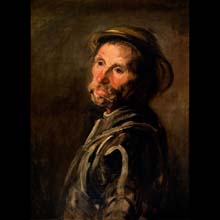
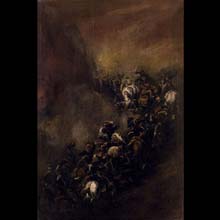
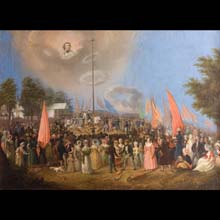
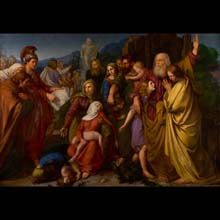



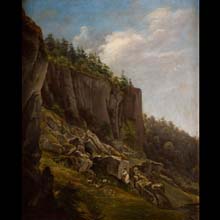

Romanticism had a profound influence on Polish culture, which resulted in outstanding works of literature, music and art, shaping ideological and moral attitudes of the Poles, and hence – due to its great significance for 19th-century Polish art, it deserves a special place in the Gallery of 19th-Century Polish Art in the Sukiennice. The phenomena heralding this movement occurred already after Poland had lost independence in 1795, yet the actual development of the trend occurred between 1822 (the publication of the first volume of Poetry by Adam Mickiewicz) and 1863 (the fall of the January Uprising). Like in the case of European art, painting and sculpture of Polish Romanticism were characterised by a variety of approaches and artistic experiments, which resulted in a thematic and stylistic diversity of works. Despite the internal diversity within works of individual artists, the most significant feature of Polish Romanticism was its patriotic and pro-independence nature, which triggered discussion on national art. In Poland, the demand for a Romantic revolution involved a military struggle. The age of Romanticism coincided with a tragic time in the history of Poland: the loss of statehood and consecutive unsuccessful attempts to regain independence. Works of pen, brush and chisel were affected by the fact that they were produced during the time when the country was not free. Polish Romanticism was most fully and evocatively expressed in the realm of literature and music. The fine arts, functioning in their background, developed the characteristic new forms of artistic expression a bit later. In fact, Romantic painting was in its heyday in mid-19th century.
This part of the exhibition contains works characteristic of Polish Romanticism. What they have in common is the idea that despite the loss of independence, the Polish nation still exists, develops spiritually, takes care of its tradition and culture and, above all, continues to struggle for independence and freedom. Due to their typical – or, for a change, unique – character, works on display constitute interesting solutions in terms of content and style. The Nazarenism of the painting Maccabees by Wojciech Korneli Stattler is shown next to Portrait of General Dembiński by Henryk Rodakowski, excellent in technique, derived from the ‘golden section’ formula of French painting, whereas the Roman-French character of the work by January Suchodolski is juxtaposed with an extremely individualistic art of Piotr Michałowski, the most outstanding representative of Polish Romanticism. Somosierra by Michałowski, displayed opposite the entrance and constituting the main focus of this room, expresses the most significant problems of the time: patriotism and the struggle for independence as well as anonymous heroism and sacrifice for high ideals. Visionary paintings of Leon Kapliński, an artist associated with the Great Emigration, complement compositions of Artur Grottger, full of patriotism and national allegories.
Works by outstanding personalities of Polish Romantic painting, such as: Piotr Michałowski, Teofil Kwiatkowski, Henryk Rodakowski and Artur Grottger, are exhibited together with works of less-known artists, valued by their contemporaries for their role of illustrators, preserving and commenting on the most recent historical events (Michał Stachowicz, Teodor Baltazar Stachowicz, January Suchodolski). On the other hand, works by Jan Nepomucen Głowacki, Aleksander Płonczyński and Saturnin Świerzyński serve as examples of the themes popular in the 19th century, depicting the so-called friendly places, or landscapes, cities and individual historic buildings of enormous significance for national history and culture.
The age of Polish Romanticism shaped a model of modern patriotism in the consciousness of the nation. Besides literature, the fine arts played an important role in this process. The artist and his work underwent a process of gradual emancipation in the field of social life. Polish Romantic art was of an ideological nature, aimed especially to meet the needs of the society. Although its esoteric content, focussed on national issues, was not clear to everyone, as far as its style is concerned, Polish Romantic art reflected the tendencies of the European art of the day. The influence of French Romantics was dominant, yet Polish artists were also inspired by the art circles of Dresden, Saint Petersburg, Vienna, Munich and Rome. The interest in national history was reflected in the emergence of history painting. The legacy of Polish Romantic art were growing realistic tendencies, highlighting the factual and objective way of depicting reality. The interest in domestic landscape as well as the life and customs of the people was reflected in a dynamic development of landscape and landscape and genre painting, with special emphasis placed on the romantic air. In many respects, Romanticism in Polish art continued ceaselessly until the end of the 19th century.
Aleksandra Krypczyk












